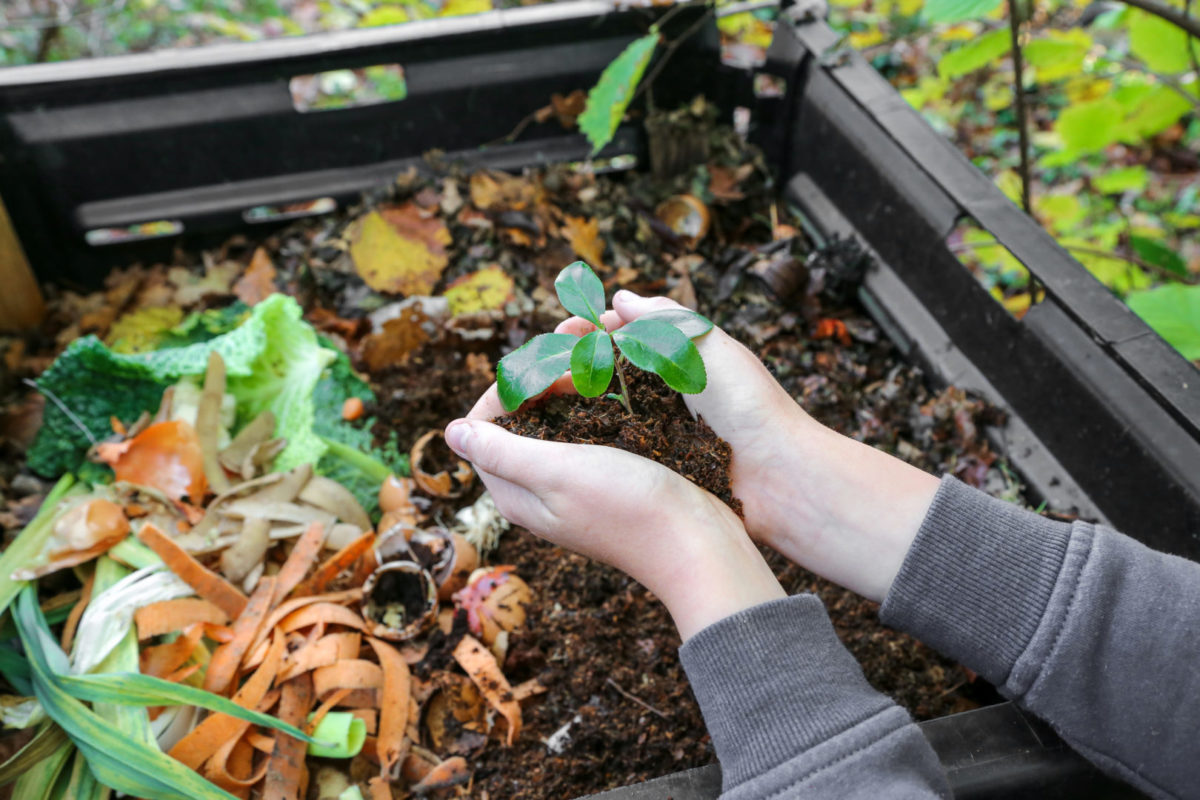
How to build a Compost bin at Home
Building your composting system
The first step in building your composting system is to decide where you want to place it. Ideally, you should choose a spot that is shady and has good drainage. Once you have identified the location, you can start building your compost bin. There are many options available, from buying a pre-made compost bin to building your own with materials such as wood pallets, chicken wire, or cinder blocks. The key is to make sure your bin is at least 3 feet by 3 feet in size, to provide enough space for the compost to heat up and break down properly.
Operating your composting system
To start your composting system, add a layer of brown materials such as leaves, straw, or shredded paper to the bottom of the bin. Then add a layer of green materials such as kitchen scraps, grass clippings, or coffee grounds. Repeat this layering process, making sure to keep a good balance of brown and green materials. You can also add in some soil or finished compost to introduce beneficial microorganisms that will help break down the organic matter.
It's essential to keep your compost pile moist but not too wet. You can add water as needed to maintain a consistency similar to a wrung-out sponge. Turning the compost pile regularly helps to speed up the decomposition process and ensure that all the organic matter is broken down evenly. You can use a pitchfork or a specialized compost turner to do this.
When the compost is ready to use in the garden
The composting process can take anywhere from a few months to a year or more, depending on the materials used and the climate. You will know that your compost is ready to use when it is dark, crumbly, and has an earthy smell. It should also be free of large pieces of organic matter that have not fully decomposed.
Once your compost is ready, you can use it in a variety of ways. You can spread it on your garden beds as a soil amendment, mix it into potting soil, or use it as a top dressing around your plants. The nutrients in the compost will help to improve soil structure, increase water-holding capacity, and provide your plants with the essential nutrients they need to grow.
Household items you can add to the compost pile
Many household items can be added to the compost pile, including:
- Fruit and vegetable scraps
- Coffee grounds and tea bags
- Eggshells
- Shredded paper and cardboard
- Yard waste such as leaves, grass clippings, and twigs
- Hair and nail clippings
- Sawdust and wood chips (from untreated wood)
Avoid adding meat, dairy, and oily foods to your compost pile, as these can attract pests and slow down the composting process.
Benefits and purpose of organic homemade compost for your garden
There are many benefits to using organic homemade compost in your garden, including:
- Improving soil structure and fertility
- Increasing water-holding capacity
- Promoting healthy plant growth and development
- Reducing the need for chemical fertilizers
- Reducing landfill waste.

